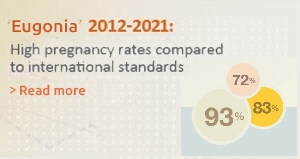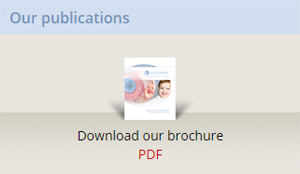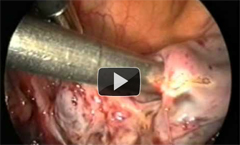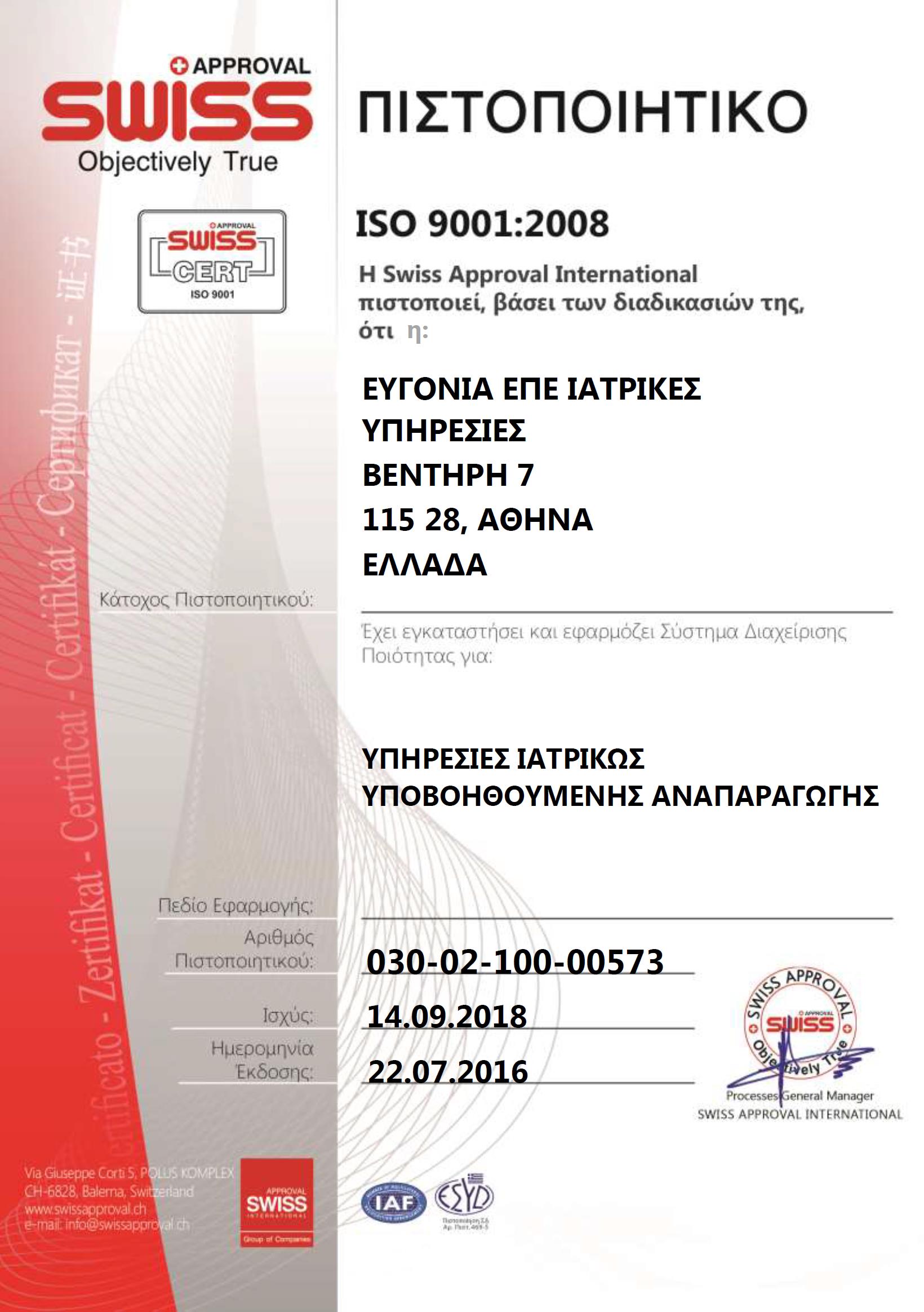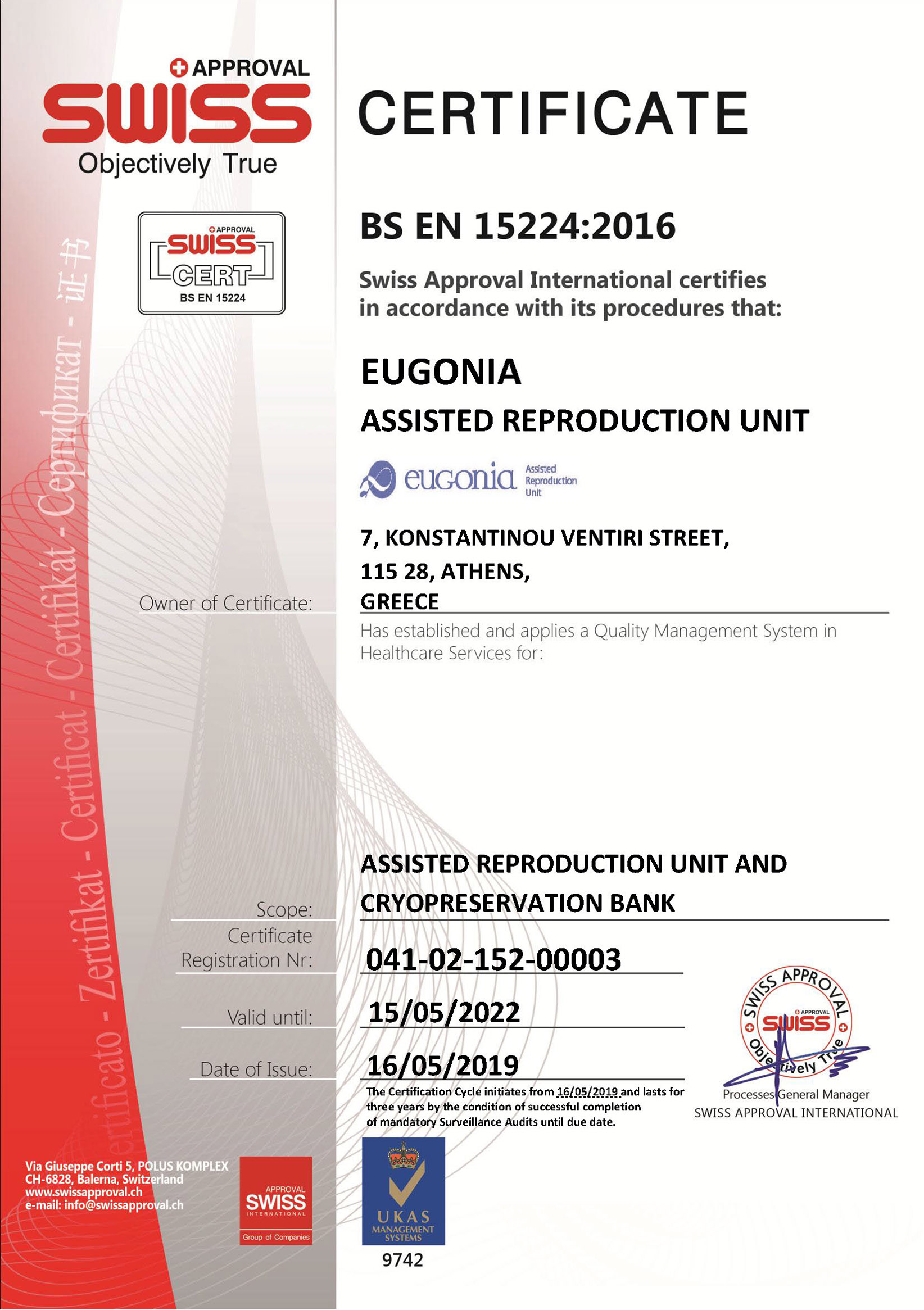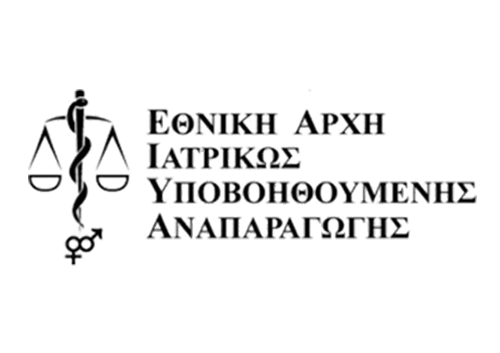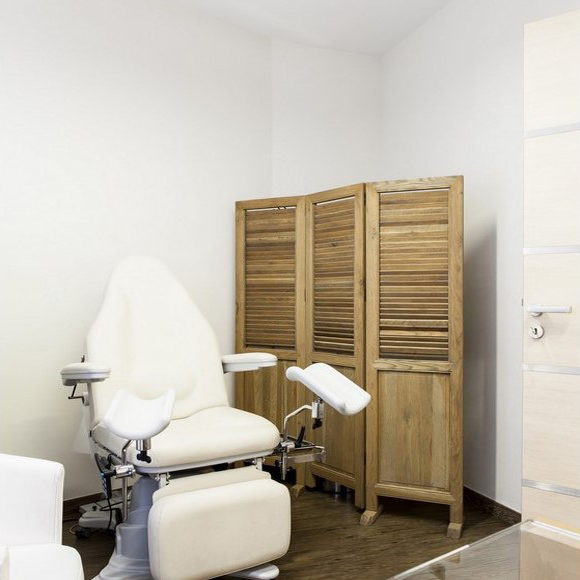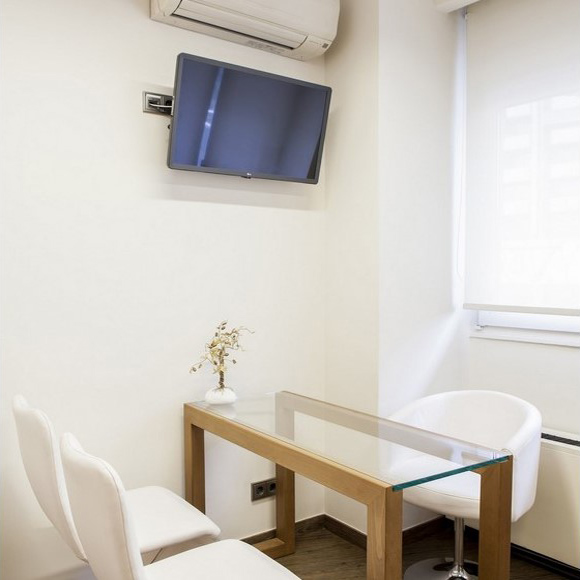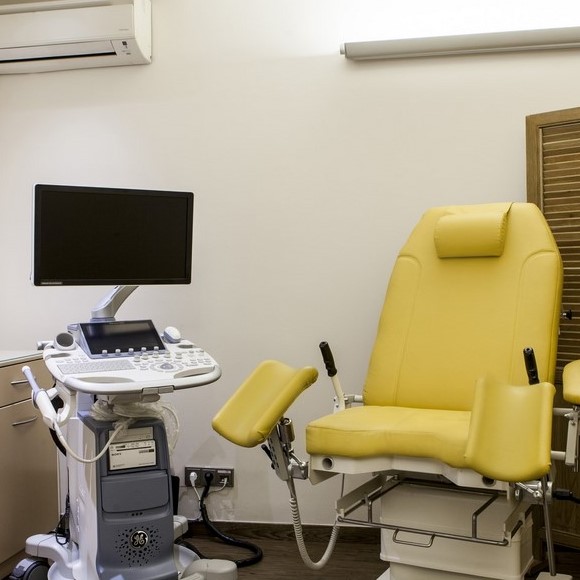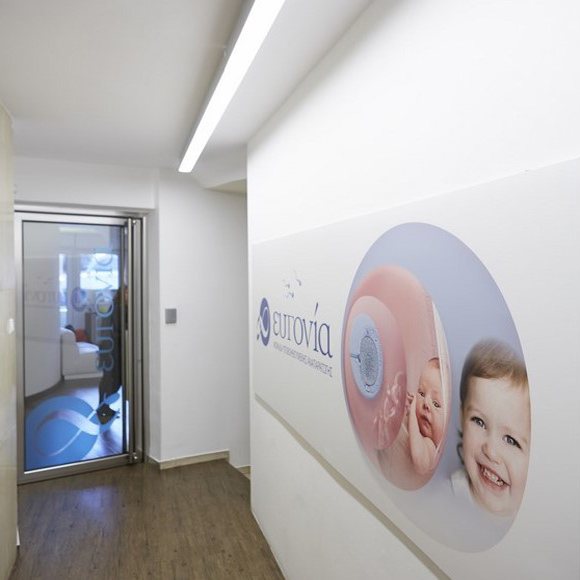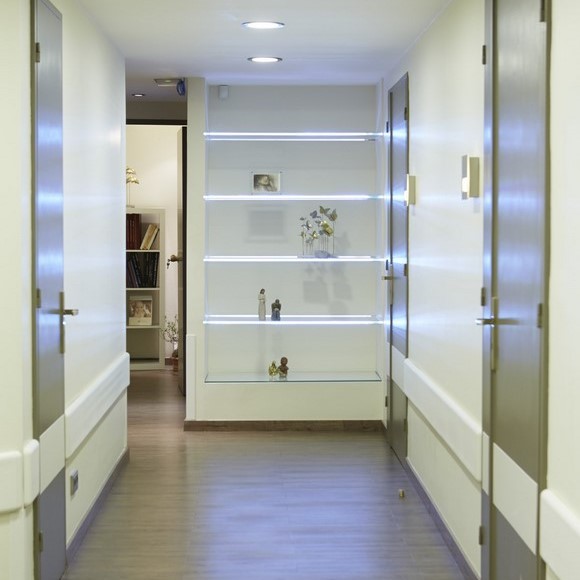Ectopic endometrial tissue can also be observed in the rectovaginal septum and this condition is called deep endometriosis or adenomyosis of the rectovaginal septum. Adenomyosis of the rectovaginal septum is also called adenomyotic disease of the retroperitoneal space (Donnez & Nisolle) and it includes the endometriosis of the urinary bladder and the ureters. The term adenomyosis refers to the ectopic development of the endometrium (of the glands and the stroma) inside the muscular wall of the uterus (myometrium).
Endometriosis of the rectovaginal septum is characterized by disappearance of the Pouch of Douglas and it is similar to the defect that is caused by the extensive solid adhesions of the Pouch of Douglas that vanish its lower part and join the rectum with the vagina or even with the lower part of the uterus. The adhesion of the vagina, the uterus and the intestine is caused by an adenoma of endometrial type that penetrates that cervical and uterine tissue, as well as the anterior wall of the rectum but to a different degree.
The symptoms include pelvic pain (which is the main symptom), subfertility in 25% of cases (in a total of 1125 women in a study by Donnez et al, 2001) and rectal haemorrhage during menstruation (which is exceptionally rare).
With palpation, painful nodules can be found in posterior vaginal dome and their diameter can be estimated.
The laparoscopic image is characterized by:
- complete disappearance of the Pouch of Douglas, and thus the outline of the posterior vaginal dome is not clear with the laparoscope,
- partial reduction of the Pouch of Douglas,
- no reduction at all.
Sometimes, a deep penetrative damage of the rectovaginal septum is only vaguely visible laparoscopically. Such damage has been characterized as penetrative endometriosis type III (Koninckx, 1992).
There are two different types of deep endometriosis (Donnez & Nisolle, 1997):
- the true penetrative endometriosis that is cause by the penetration of an exceptionally active peritoneal lesion in the retroperitoneal space,
- adenomyosis of the rectovaginal septum which is mainly made up of smooth muscle with an active glandular epithelium and thin stroma. This condition has been called adenomyotic disease of the retroperitoneal space (Donnez & Nisolle). It is a sever condition and it includes the endometriosis of the urinary bladder and the ureters. Besides, 35% of cases of urinary bladder endometriosis are associated with peritoneal endometriosis, while 65% is associated with retroperitoneal adenomyosis.
Treatment
The treatment of rectovaginal septum endometriosis requires considerable experience of the surgeon and his associates. Surgical correction is difficult and includes the correction of anatomical structures, the separation of anterior wall of the intestine from the posterior wall of the cervix and the uterus, and finally the removal of the adenomyosis and vaporization of any visible endometriotic damage.





